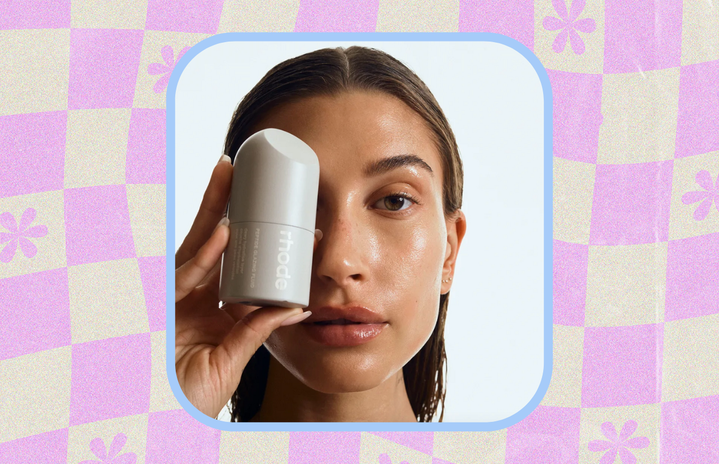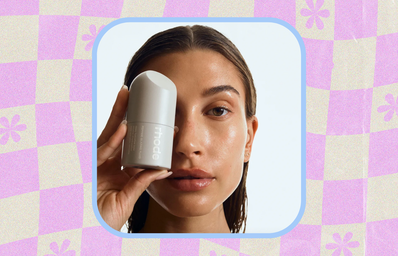If you’ve been on the internet for any amount of time within the past 10 years, I guarantee you know a little something about the “I’m not like other girls” phenomenon. Often materializing offline and in person, this is a rejection of common female stereotypes, such as enjoying makeup and fashion, but an embrace of traditionally masculine hobbies like watching sports. It has evolved into a trope with a heavily negative connotation. The idea that one would even attempt to separate themselves from the female population as if women were lesser than is plainly anti-woman.
This thinly veiled misogyny has been repackaged over the years more times than one could count, but the idea has always been the same. We have recently seen backlash toward this idea with the “pick-me girl” label. A pick-me girl is a girl who seeks male validation, going so far as to put other women down to get it. But in the cycle of the internet, the term was overused and heavily lost meaning. While there any many online trends that mimic the original “not like other girls” design, one, in particular, has caught my attention, self-categorization.
Self-categorization is incredibly broad, but I am specifically talking about labeling oneself as a type of girl. Branding yourself as a clean girl, a soft girl, a Y2K girly, a cottage core girl or any other category under the sun is just another way to separate oneself from other women, right? To make others view you as different or better, right? Not necessarily. The issue with the “not like other girls” phenomenon is that it was designed to pit women against each other and consequentially put the entire gender down. Do these new trends follow this description? Do the women label who themselves a “clean girl” project negative attitudes toward typically feminine things? Short answer: Maybe. But that doesn’t mean labeling oneself is a good or productive thing to do.
A more lengthy answer suggests that we look at these trends individually to determine their origin and evaluate any repercussions. Breaking down every one of these trends would be extremely tedious, but examining the most popular ones should give a fairly accurate picture of the underlying themes.
The most recent in this string of trends is the clean girl aesthetic. To be a clean girl is to have glass skin, never have a hair out of place, drink matcha or chai lattes and have your life totally together. This aesthetic is multi-faceted; it’s not just minimal makeup and well-put-together outfits, it’s specific skin and hair care routines that require specific products. You can even find articles online on how to smell like a clean girl with links to different perfumes and lotions. Every other article and video I’ve come across about being a clean girl is blatant product placement. The clean girl aesthetic is built on higher-end brands and is essentially inaccessible to anyone who cannot afford said products. Looking and acting like a clean girl is not enough, you have to buy every name-brand product TikTok suggests.
Outside of being classist, the clean girl aesthetic is a rip-off of a style traditionally associated with people of color (POC). Slick buns and gold hoops are not new nor are they exclusive to one particular aesthetic, but they were popularized by women of color who are not perpetuated as the face of this aesthetic.
On top of being classist and racist, the clean girl aesthetic, like most aesthetics, is nearly unattainable in real life. Women are already so often held to an unattainable standard, so why create an entire aesthetic that requires wealth and a specific physical look to achieve? Why further box ourselves in? These new aesthetics are not the same old “not like other girls” ideas, they are evolved. We are no longer putting other women down to be more appealing to men, we’re just dividing women for arbitrary reasons.
Many women gravitate to these aesthetics as a way to identify and connect with women who like the same things they do and don’t recognize that pushing this aesthetic as an ideal is harmful. While there is absolutely nothing wrong with liking what you like and dressing how you want to dress, maintaining the classist and racist undertones of trends creates a toxic community. We need to recognize that not everything needs a label and slick buns and glowing skin can be just that. We don’t need to attach a lifestyle to every look because it can alienate people who just like the idea of smelling fresh. We haven’t seen the last of trends that divide and classify women but, hopefully, with the knowledge that these trends typically exclude certain groups of people, we can make an effort to include them.
Want to see more HCFSU? Be sure to like us on Facebook and follow us on Instagram, Twitter, TikTok, YouTube and Pinterest!


